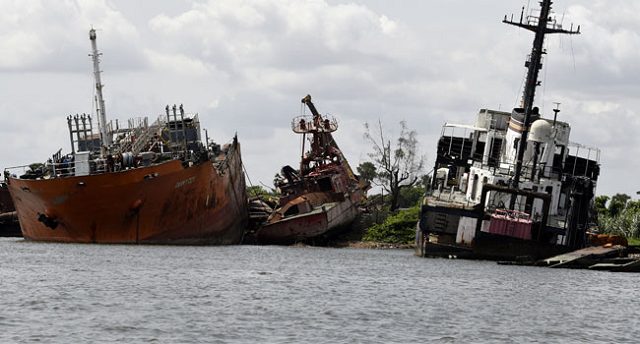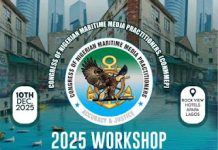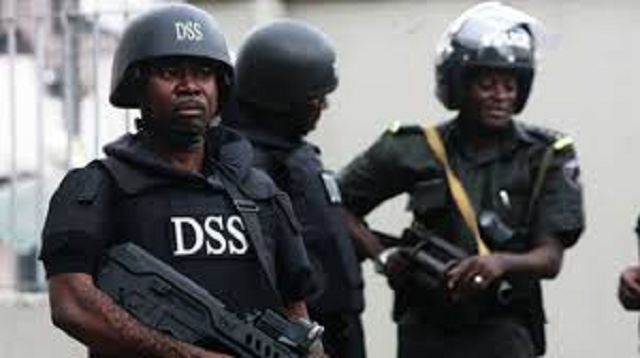The Nigerian Navy on Tuesday in Lagos raised alarm over the impending dangers that shipwrecks posed on the Nigerian waters.
The Flag Officer Commanding, Western Naval Command of the Nigerian Navy, Rear Admiral Oladele Daji, raised the alarm at a news conference held at the Base in Apapa, Lagos.
According to Daji, the area that is mostly affected by the shipwrecks is the Tin Can Island, Kirikiri, Navy Town and bad portions of the Badagry Creek.
“The hazard associated with these wrecks is that most often, especially during high water, they are submerged and hardly visible to mariners and, therefore, pose greatest threats during this period of time.
“Apart from endangering shipping, most of the wrecks also constitute environmental pollution and hazards.
“I do not think it portrays us as a country with laws and regulations in good light, especially to the global shipping community,” he said.
Daji said about 35 submerged shipwrecks have been identified along the busy Lagos channel that provide access into the Tin Can Island port.
“In addition, there are several navigational aids like the oils, markings, and lighthouses that are not functional or missing or have shifted from their intended original positions.
“The absence of these navigational aids also constitute risks to shipping, especially at night or during restricted visibility.
“You will recall that just a few months ago, one of our vessels, Nigerian Navy Ship Calabar, while moving harbours for patrols, was involved in mishap and struck a submerged wreck, just in the middle of the channel.
“You will all agree with me that this can be avoided if those wrecks are promptly removed when they were identified,” Daji said.
“It would as well save us the money and resources that will be put into making that vessel operational which would have been deployed into better and more productive endeavours. Other vessels, apart from NNS Calabar, have also suffered similar fate in the past.
“In particular, when it comes to distress calls from vessels at sea, it becomes difficult for agencies to respond to such emergencies because of the threats posed by the wrecks on our waterways.
“During the day, we might be able to figure out where they are, but at night and in poor or restricted visibility, it is very difficult to see the exact location of these wrecks,” he said.
The FOC said that the hydrography office of the Nigerian Navy, in line with its statutory responsibilities as identified, had resurveyed these wrecks and the surveys had been shared to relevant agencies of government.
“The surveys had been shared to the agencies and departments responsible for removal of the wrecks on our waterways.
“It will, therefore, be necessary for such authorities to take urgent action and remove these wrecks on our waterways so that shipping, especially the safety of ships and seafarers will further be guaranteed.
“Additionally, the replacement and servicing bad navigational aids will equally assist the safety of navigation.
“It will enhance the ability of responding agencies to quickly move and respond to emergencies in case of distress at sea,” he said.
He said distress calls would be greatly enhanced, thereby creating the needed enabling environment for businesses, especially maritime-related businesses to thrive.
“It will also build the confidence of seafarers on our waters,” he said.
Daji assured that the Nigerian Navy, in carrying out its statutory responsibilities, would continue to collaborate to ensure and promote safety and security in Nigerian’s waterways.
Source: Ships and Ports














